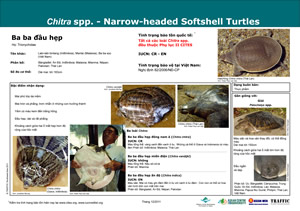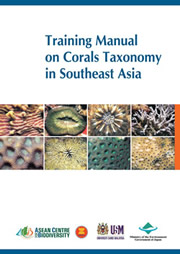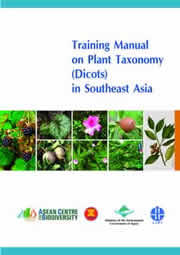
TOP > 生物多様性センターの国際協力 > ESABII > Training Courses > Overview

Overview
Background
The lack of trained human resources and the inadequate capacity in taxonomy have been stressed as obstacles to the implementation of CBD commitments, especially in the ASEAN region. The dynamic growth of the ASEAN + 3 countries in recent years has increased the pressure on their natural resources.? Human activities, the driving force behind this regional growth, threaten biological resources. The lack of scientific information on biodiversity in this region is a crucial issue in the assessment and prediction of biodiversity changes, caused mainly by the lack of taxonomic capacity in data collection and analysis.
To address this shortfall, ESABII organizes workshops for taxonomic capacity building for young researchers and officials involved in biodiversity conservation.
Training courses
ESABII develops and disseminates products for taxonomic capacity building such as guides for species identification. Training Manuals are published as products of Training Workshops. These manuals have been prepared based on the notes of lectures presented by the trainers during the workshops. They provide the methodology for sampling specimens and identifying the features of the target taxon. Identification sheets have been created that provide the information required to identify individual species, including most of those listed in the CITES Appendices that are frequently traded in Southeast Asia. These manuals have been translated into the languages of the ASEAN countries as well as Japanese and Chinese, and distributed to customs and other relevant agencies in the 10 ASEAN countries, Japan and China.
Development of tools
Training Manual
Species Identification sheets

Giant Asian Pond Turtle (Heosemys grandis)
Flapshell Turtles (Lissemys spp.)
Green Tree Python (Morelia viridis)
Burmese Eyed Turtle (Morenia ocellata)
Malayan Flat-shelled Turtle (Notochelys platynota)


